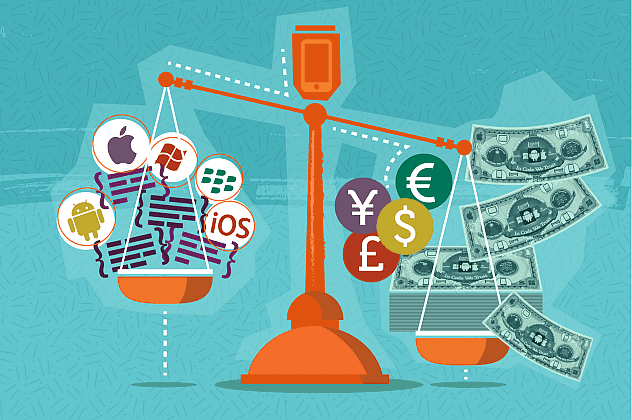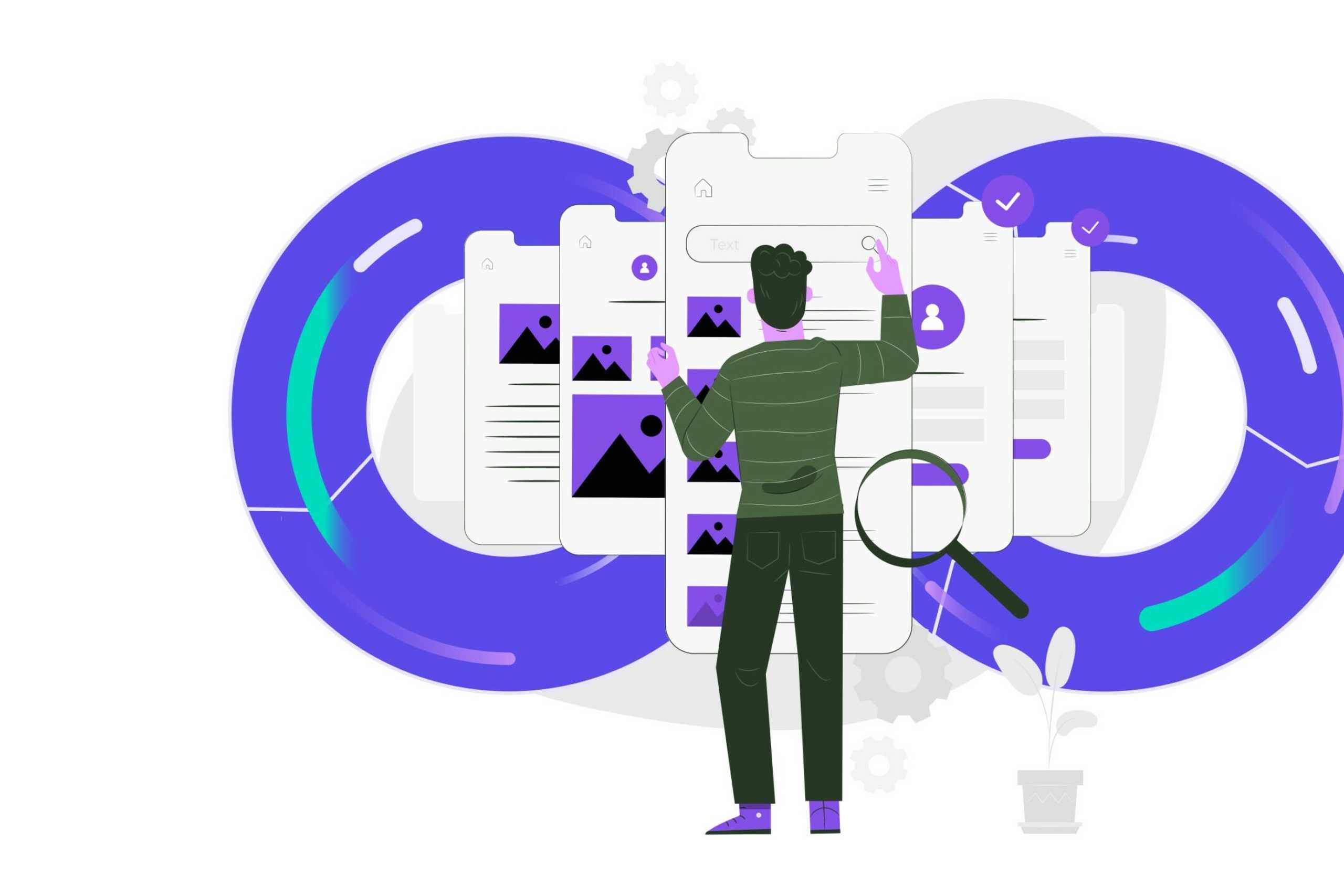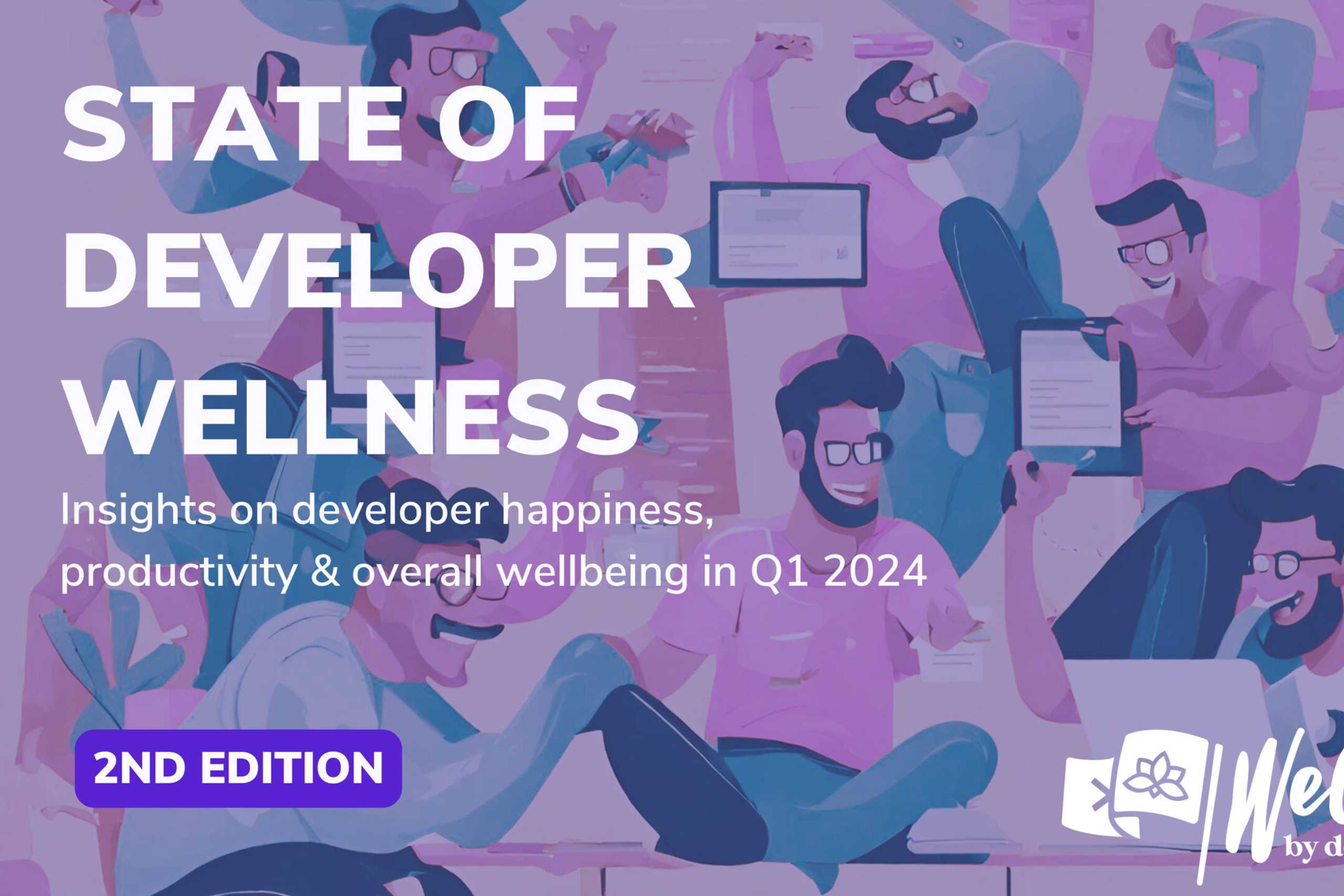
September 25, 2012
In a previous article, we discussed revenue and costs for app developers overall. Here, we add some more detail for each platform individually.
iOS
iOS a healthy developer economy. The iOS economy is the one that works best for its developers: it has the lowest percentage of developers below the “app poverty line” (42%) while offering opportunities to sustain a profitable business. 54% of iOS developers break even. With an average of nearly $3,700 per app-month, iOS is almost on par with Blackberry, the top earning platform. iOS also has the highest ratio of developers generating more than $5,000 per app-month in revenue and 9% of developers earning over $10,000. iOS developer are generally very satisfied with the ability to earn revenue on this platform.
iOS requires more development time on average than other platforms, with less than a quarter of all apps completed within a month. Over one-third of iOS apps will take longer than three months, the highest ratio across all platforms. This makes iOS the most costly platform to target, with an average cost of $27,000 per app, 21% more expensive than Android and 81% more expensive than Blackberry. Learning curve and development cost are important pain points for iOS developers; here developer sentiment echoes the difficulty of Objective C and the cost of buying a Mac to develop for iOS, respectively.
Costs are category dependent, however. Despite iOS generally requiring more development time, it is quite a bit faster to develop communication and social networking apps on iOS than on Android or Java ME.
Android
Android developer earn on average $2700 per app per month, 35% less than on iOS. Android scores lowest of all platforms in terms of developer sentiment about monetisation. On this front, Android is at a significant disadvantage to iOS.
The gap narrows when we look at high-earners, as both platforms have massive scale and the potential to generate huge profits. 7% of Android developers earn above $10,000 per app-month, versus 9% of iOS developers.
An average Android app costs $22,600 to develop, 20% cheaper than iOS. Over one-third of Android apps will take longer than three months, together with iOS the highest ratio across all platforms.
Fragmentation is a real issue on Android, driving development costs up. Alexey Sazonov, sales and marketing director at HeroCraft, a 100-strong publisher and developer house based in Russia and the Ukraine that publishes 25 game titles per year, sums up the issue: “Around 15% of the company’s workforce is engaged with fragmentation issues”.
47% of Android developers break even.
BlackBerry
BlackBerry comes out on top in terms of average revenue with nearly $3,900 per app per month. BlackBerry developers generate, on average, 4% more revenue per app-month than iOS developers, who in turn generate about 35% more than Android developers.Above the $10,000 per-app, per-month mark is where Blackberry is out-doing all other platforms, with 10% of Blackberry developers earning revenues in that range.
Overall, Java ME and Blackberry are the platforms with the fastest development time. Some 49% of BlackBerry apps are developed in less than one month. The speed of development comes down to the lower barriers to entry for this platforms, both in terms of features and user experience expectations. Blackberry has the lowest development costs among the four main platforms, $15,000 on average.
Overall, Blackberry OS has more developers that break even, compared to all other platforms: 65% of Blackberry developers indicate that they break even within two years.
Despite BlackBerry being faster to develop on and generating more revenues, Blackberry developers show an overall discontent with the platform. Developers rate most BB attributes below average compared to other platforms. Developer mindshare is on the decline, there is negative overall sentiment, and the QNX-based Blackberry 10 is yet to ship. If there were a “developer share price” for BlackBerry, it would probably trail RIM’s stock price closely. The decline of BlackBerry is unfortunate, given that it has been the most robust ecosystem in terms of its ability to generate revenue for app developers.
Windows Phone
Windows Phone developers rank last among the four main platform on revenue, with slightly less than half as much revenue per app-month as Android developers: $1,200 on average.
It can be found under the low-cost platforms, however, with an average development cost of $17,750 per app, only 17% higher than Blackberry.
Only 40% of Windows Phone developers in our survey break even, and we estimate that it takes over 14 months for revenues to exceed the app production costs, the highest among the top 4 platforms.
Mobile Web
Mobile web and Java ME heavily use commissioned-based revenue models while only a minority of developers use app stores as a distribution channel. As such, per-app revenues for mobile web and Java ME platforms are not directly comparable to the app-store-driven platforms.
There is a large disparity in revenues among mobile web developers. It is striking that 17% among those wishing to make money, actually make no money at all on mobile web development, a higher percentage than any other platform. At the same time, mobile web developers in the $5,000 to $100,000 range pocket 91% of mobile web of app-month revenues. To some extent, these revenue ranges are occupied by established content publishers, such as the Financial Times, that use mobile web as a means to evade the 30% app store commission. Mobile web revenues in the $5-100K tier are also due to the B2B developers working on corporate IT intranets and commissioned apps for brands and B2C companies (“Product Extender” segment) with million-dollar-plus marketing budgets. Mobile web is the exact opposite of Java ME: it has no middle class of developers.
Mobile web is among the low-cost platforms, with an average development cost that is 17% higher than Blackberry.
Mobile web has the least number of developers breaking even overall, with 33%. We also found that if you’re a mobile web developer, you should break even within the first year; otherwise, the chances get very slim.
JavaME
As for mobile web, Java ME heavily use commissioned-based revenue models and per-add revenues are not directly comparable to the app-store-driven platforms.
Java ME developers are a declining middle class with a dated business model, mostly driven by emerging regions like Africa. 40% of Java ME developers that are interested in money generate between $1k and $10k, which is higher than any other platform. Java ME also has the lowest percentage of developers below the “app poverty line” of $500 per app-month revenue (38%). While all this is commendable, it is mostly a sign of decline, rather than success: Java ME is a prime example of a feature-phone ecosystem, comprising mostly professional or semi-pro developers, and based on the dated business model based on carrier distribution. With Java ME being abandoned by handset vendors, consumers and developers alike, and only a fraction of app titles remaining in production compared to 2009, few developers can sustain a profitable business on the platform. We expect Java ME developers’ average revenues to slide towards the app poverty line in the next few years. It is indicative that Java ME has the lowest ratio of developers (3%) that earn more than $10k. Java ME is a collapsing economy, and opportunities exist only because of emerging markets like Africa and the fact that supply (developers) decreases faster than demand (installed base). However, the crash is inevitable.
Overall, Java ME and Blackberry are the platforms with the fastest development time and the lowest cost of development. Some 47% of Java ME apps are developed in less than one month. The speed of Java ME development comes down to the lower barriers to entry for the platforms, both in terms of features and user experience expectations.
Revenue differences explained
iOS leads Android in terms of per-app revenues for many reasons.
- Superior demographics: the price premium of Apple products attracts more affluent consumers, who apart from purchasing Apple products have more disposable income to allocate for apps – while Android users are more price-sensitive. Apple also attracts more technology-savvy users. “Android users are less tech savvy and new to the smartphone experience and so tend to engage less with apps” argues Jai Jaisimha, founder of Open Mobile Solutions, a brand-to-developer matchmaking service. “This is mainly a demographics issue and is partly due to aggressive selling tactics that aim to sell Android devices to people that are not so familiar with the technology, at least in the US” notes Jaisimha. “Android users are not always the same as iOS – they buy the handsets because they’re cheap and might not even know they’re using an Android device,” observes a mobile web expert from Argentina.
- Superior content. The Apple App Store has a far higher ratio of paid apps to free apps, while the Android store suffers from many apps that are copyright-infringing, copycats or malware.
- Tablet domination. iOS dominates the tablet market, where revenue per app is considerably higher.
- Frictionless payment. While Google Play has been a major improvement over its predecessor, the Android Market, the Apple App Store provides a better-integrated user experience, offering frictionless, one-click buying to 400 million customers whose cards are on file. In contrast, Android only starting asking users for credit card details with Android v4, launched in early 2012, and so Google has a lot of catching up to do. Currently, it relies mainly on carrier billing.
- Ad revenue. With a higher eCPM rate than Android, iOS apps generate on average higher ad revenue than Android. While eCPM rates vary by ad-size, a standard banner ad (300×50 pixels) on iPhone is, on average, almost twice the eCPM rate for Android according to Mobclix.
- Different revenue models. In-app purchasing is the second most popular revenue model for iOS developers (36%). However, it is much more popular on iOS than on other platforms. In-app purchasing generates on average 24% more revenue than pay-per-download, 63% more than freemium and 78% more than advertising.
Contact us
Swan Buildings (1st floor)20 Swan StreetManchester, M4 5JW+441612400603community@developernation.net


